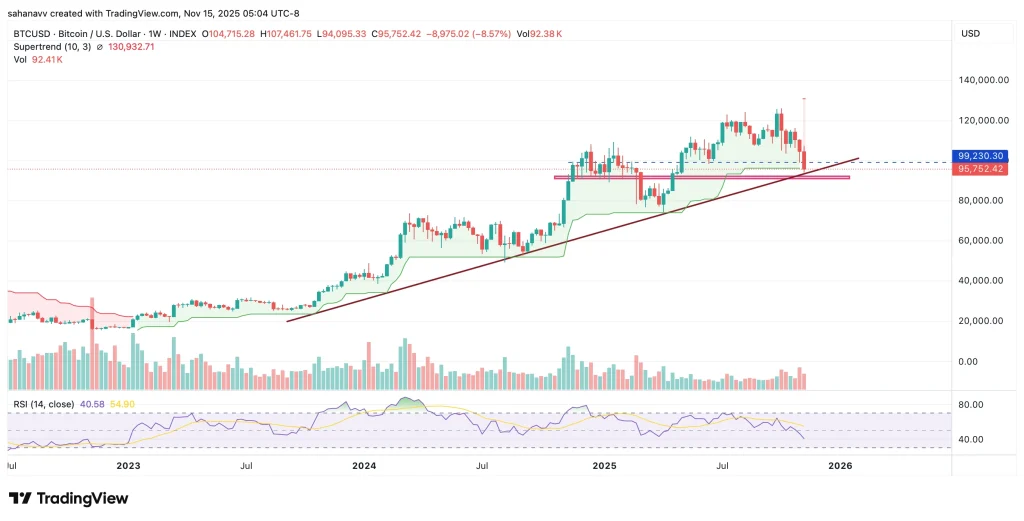Nvidia's Q2 Earnings: Strong Numbers, Mixed Signals
- Nvidia's Q2 2025 earnings surpassed forecasts with $46.74B revenue, driven by AI demand, but shares fell 3% amid revised $52.9B–$55.1B Q3 guidance below $60B expectations. - Data center revenue surged 56% to $41.1B, yet China's H20 chip sales restrictions and unresolved U.S. regulations limit $2–5B in untapped revenue, signaling capacity constraints. - A P/S ratio of 30.23 and P/B ratio of 51.80 highlight extreme valuation, with analysts split between 7% upside potential and risks from AMD/Intel competit
Nvidia's fiscal second-quarter 2025 earnings report was a masterclass in balancing triumph and caution. Revenue surged to $46.74 billion, handily beating Wall Street's $46.23 billion estimate, while earnings per share (EPS) of $1.05 outperformed the $1.01 forecast. These numbers underscore the company's dominance in the AI revolution, with cloud providers and startups scrambling to secure its chips. Yet, the stock's 3% post-earnings decline and a revised third-quarter guidance—pegged at $52.9 billion to $55.1 billion, below some $60 billion expectations—hint at growing unease. The question now is whether Nvidia's growth story remains intact or if its valuation is becoming a liability.
The Earnings Beat: A Test of Resilience
Nvidia's Q2 results reflect the insatiable demand for AI infrastructure. Cloud providers, the lifeblood of its data center business, are expanding at breakneck speed to meet the needs of generative AI. Gaming revenue hit $4.3 billion, while data center revenue grew 56% year-over-year to $41.1 billion. Adjusted gross margins held strong at 72.7%, a testament to the company's pricing power and operational discipline.
However, the third-quarter guidance tells a different story. The exclusion of H20 chip sales to China—a market worth $50 billion in AI spending this year—casts a shadow over potential upside. The U.S. government's 15% remittance rule for H20 sales to China remains unresolved, and until then, Nvidia is sitting on $2–5 billion in untapped revenue. CEO Jensen Huang's insistence that “everything's sold out” in AI chips is a double-edged sword: it highlights demand but also signals that the company is nearing the limits of its current capacity.
Valuation Metrics: A Premium on the Future
Nvidia's valuation metrics are staggering. As of August 2025, the company trades at a Price-to-Sales (P/S) ratio of 30.23, far above the semiconductor industry median of 2.84. Its Price-to-Book (P/B) ratio of 51.80 is equally eye-popping, reflecting a market that values intangible assets like CUDA and Blackwell as much as tangible ones. Analysts have not shied away from these numbers. The average price target of $194.31 implies a 7% upside, but the wide range—from $120 to $250—reveals a spectrum of optimism and skepticism.
The P/E ratio of 58.00 is another red flag for value investors. While this is not uncommon for high-growth tech stocks, it raises the question: Is the market pricing in a future where AI infrastructure spending reaches $3–4 trillion by 2030, as Nvidia's CFO predicts? Or is it overestimating the company's ability to capture that growth without meaningful competition from AMD , Intel , or even open-source alternatives?
Analysts: Bullish, But With Caveats
The analyst community remains largely bullish, with 32 of 42 ratings labeled “Buy” or “Strong Buy.” Top-tier firms like Bernstein and Piper Sandler have upgraded their targets, citing the “early stages” of the AI trade and the compounding growth of hyperscalers. Yet, even the most enthusiastic analysts acknowledge the risks.
Will Rhind of GraniteShares noted that the market now expects “blowout” results from Nvidia, and any deviation—like the 50–55% growth rate in Q3—could be seen as a letdown. Brian Mulbervy of Zacks Investment Management drew parallels to Tesla's trajectory, where slowing growth rates eventually led to valuation corrections. “Nvidia's margins are resilient, but the math doesn't lie: You can't sustain 80% growth forever,” he said.
The geopolitical uncertainty in China adds another layer of complexity. While Huang has lobbied for access to the second-largest computing market, the U.S. administration's stance remains firm. This is not just a revenue issue—it's a strategic one. China's AI researchers and startups represent a critical mass of innovation, and excluding them could stifle long-term demand for Nvidia's products.
The Investment Dilemma: Growth vs. Valuation
Nvidia's stock has gained 35% year-to-date, but its $4.4 trillion market cap now reflects a future where it dominates AI, data centers, and robotics. The $60 billion share buyback program announced post-earnings is a vote of confidence, but it also raises questions about whether the company is prioritizing short-term EPS over R&D for next-generation platforms like Rubin.
For investors, the key is to balance the company's near-term fundamentals with its long-term risks. The AI infrastructure market is undeniably expanding, but so is the competition. AMD's MI300X, Intel's Gaudi 3, and even open-source frameworks like PyTorch and TensorFlow are eroding Nvidia's moat. Meanwhile, the P/S and P/B ratios suggest that the stock is priced for perfection—a scenario where AI adoption accelerates without a hitch and geopolitical tensions resolve in Nvidia's favor.
Conclusion: A Stock at the Crossroads
Nvidia's Q2 earnings reaffirm its position as the AI sector's linchpin. The company's financials are robust, its technology is unmatched, and its ecosystem of partners is formidable. Yet, the valuation metrics and guidance revisions signal that the market is beginning to recalibrate.
For long-term investors, the stock remains a compelling bet—if the company can navigate the China issue and maintain its innovation edge. But for those wary of overvaluation, the current P/S and P/B ratios offer a cautionary tale. As Jensen Huang aptly put it, “The future is being built today.” The question is whether investors are paying too much for a future that may not fully materialize.
In the end, Nvidia's story is one of extraordinary growth and equally extraordinary expectations. Whether it can sustain both is the defining question of the next 12 months.
Disclaimer: The content of this article solely reflects the author's opinion and does not represent the platform in any capacity. This article is not intended to serve as a reference for making investment decisions.
You may also like
Saylor Dismisses Sell-Off Rumors as Strategy Increases Bitcoin Holdings Amid Market Drop

Coinpedia Digest: This Week’s Crypto News Highlights | 15th November, 2025
Cathie Wood’s ARK Invest Buys Circle, BitMine, and Bullish Shares Amid Market Dip
Bitcoin Heads Into Weekend Under Pressure as Price Tests Key Support Levels
